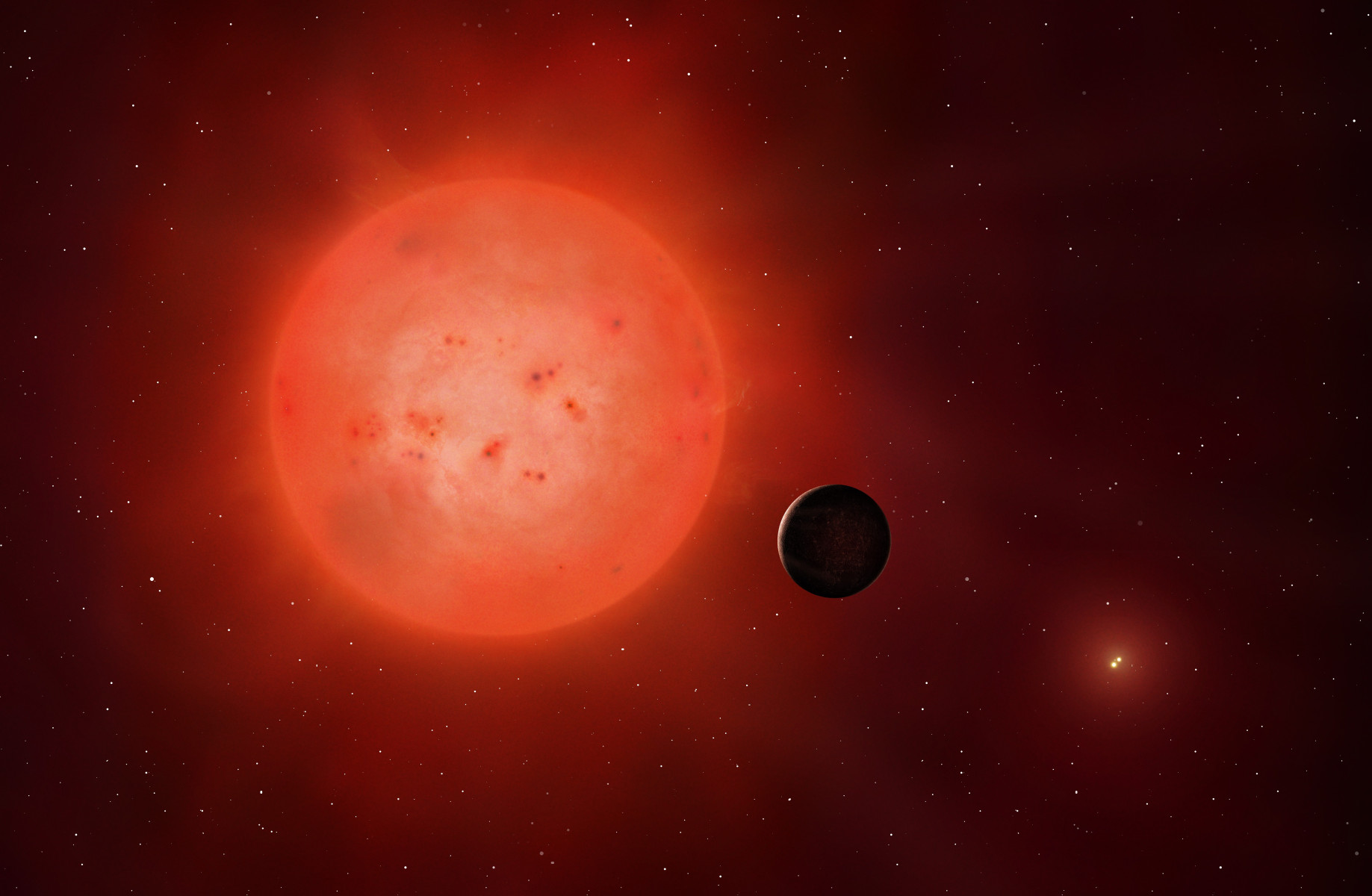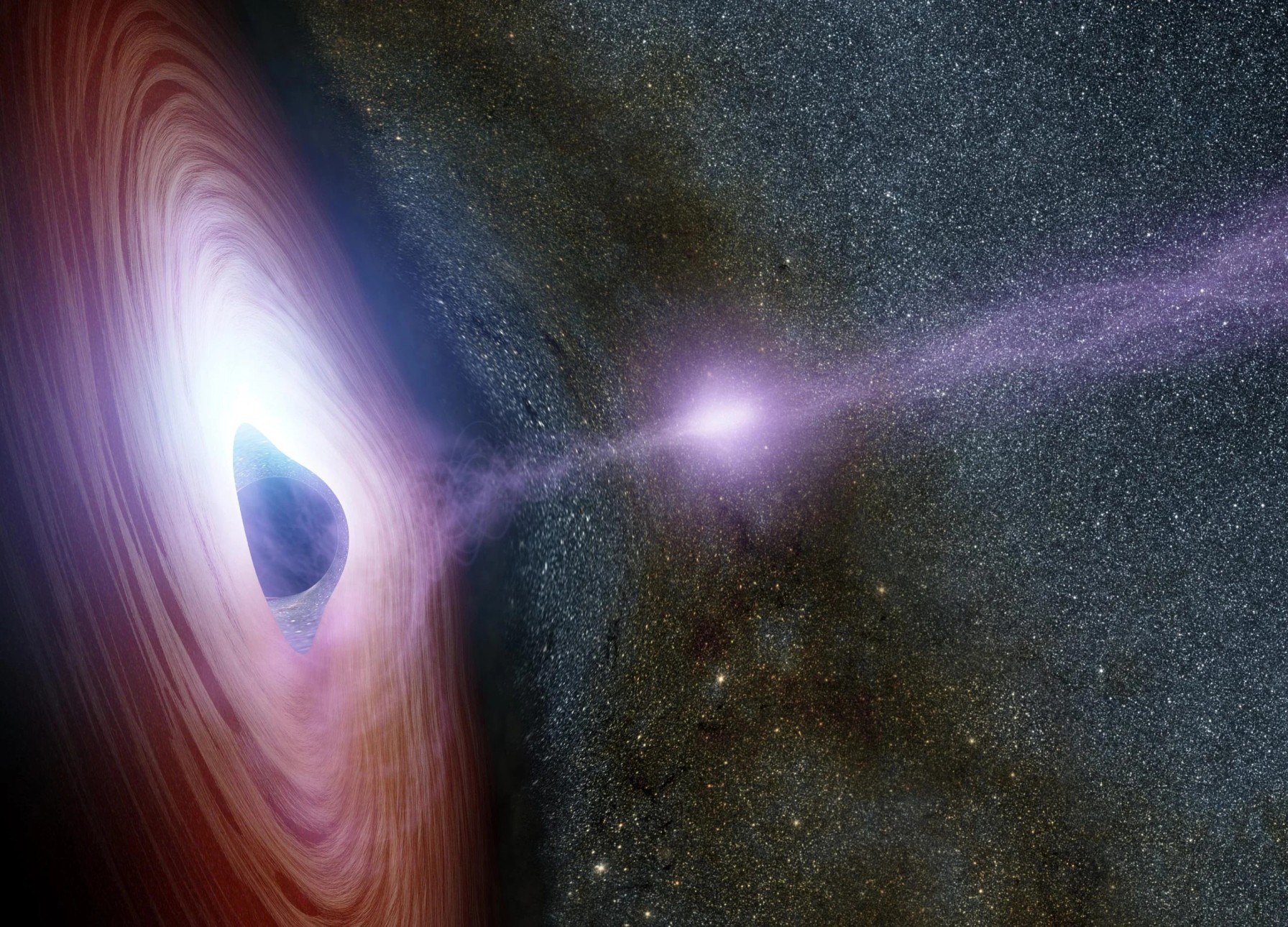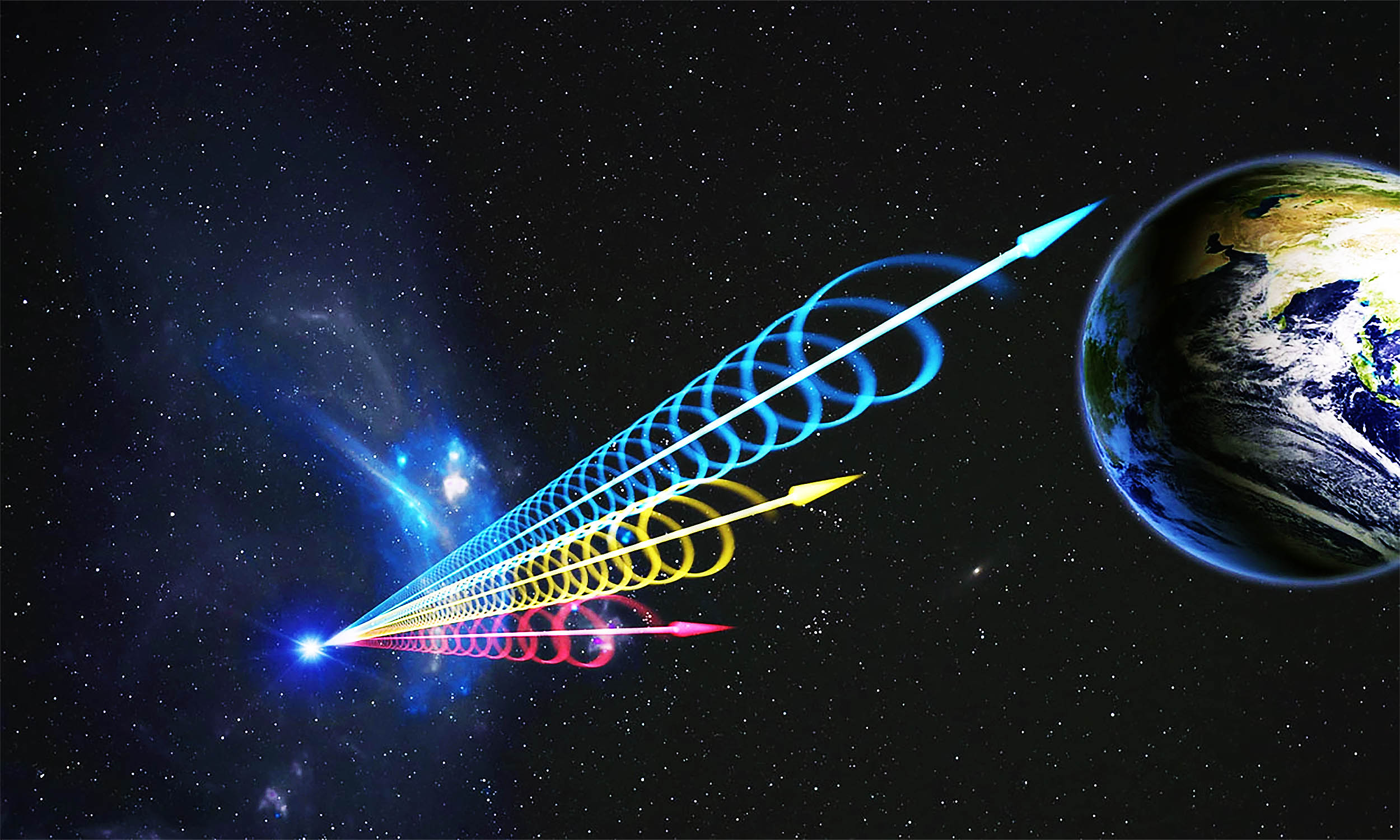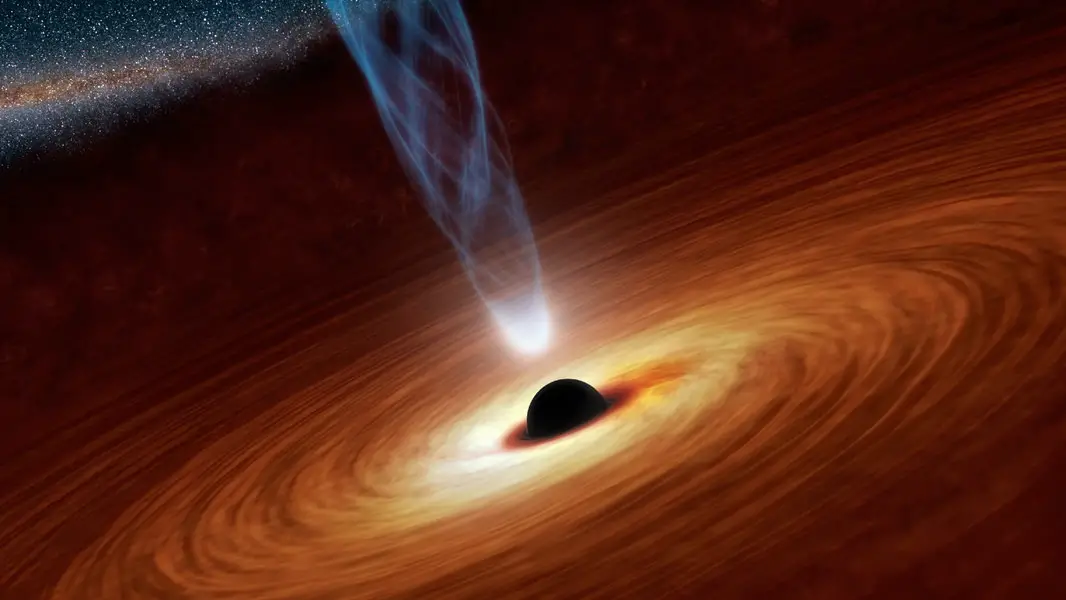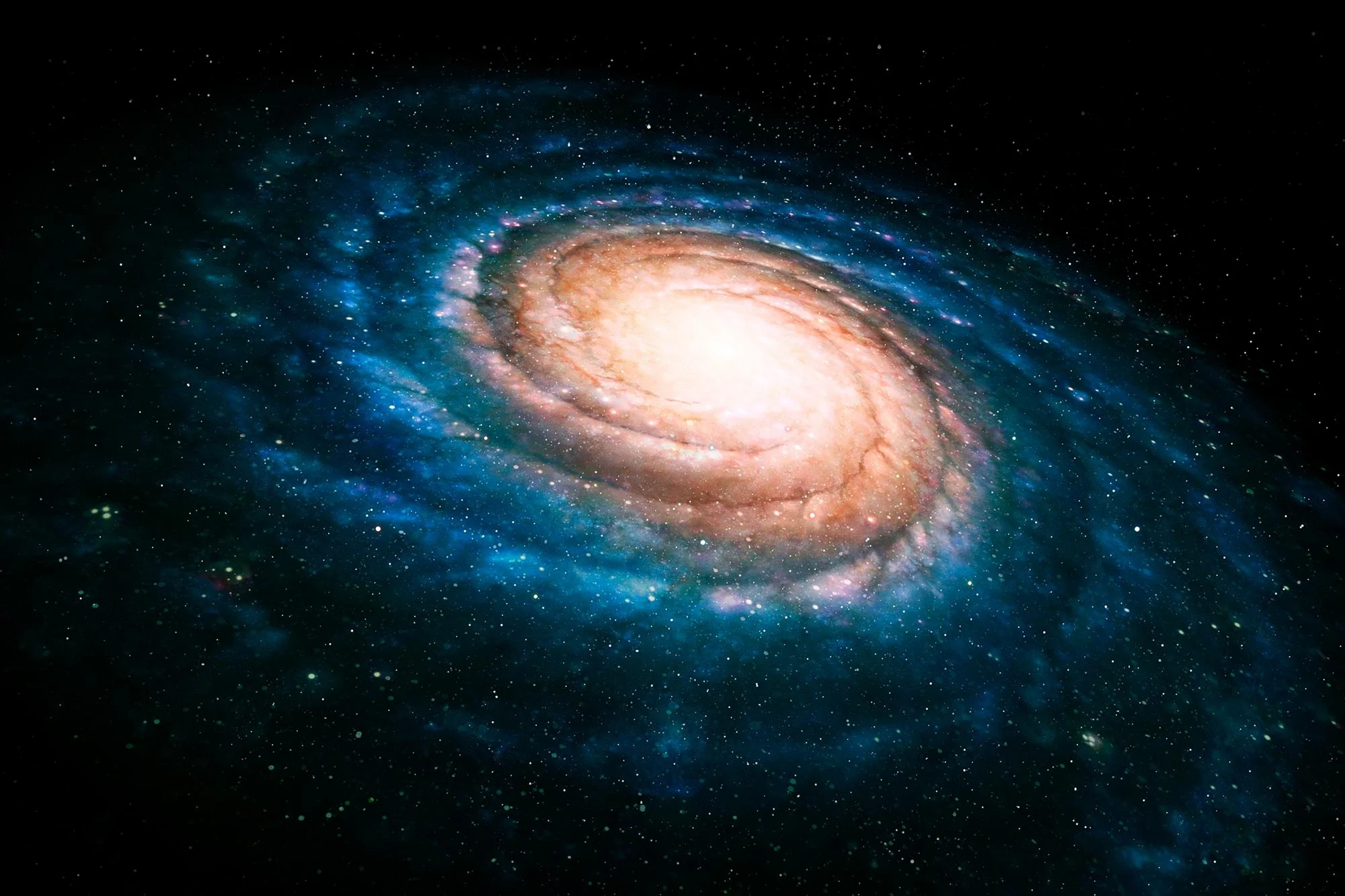Proxima Centauri hosts a tiny planet only 1/4 the mass of Earth!
Key Takeaways
- A third planet, Proxima d, was discovered orbiting Proxima Centauri, our closest stellar neighbor.
- Proxima d is one of the lightest exoplanets found, weighing just 1/4 of Earth’s mass.
- The planet orbits extremely close to its star, completing one orbit in just five days.
- Using ESPRESSO, astronomers confirmed Proxima d with the smallest radial velocity signal ever measured.
- The discovery highlights the capability of advanced instruments to detect lightweight, rocky worlds.
_________
A Crowded Neighborhood Around Proxima Centauri
Astronomers have identified a potential third planet, Proxima d, orbiting Proxima Centauri, the closest star to our sun at only 4.2 light-years away. Proxima d is remarkably small, with a mass only 1/4 that of Earth, making it one of the lightest exoplanets ever discovered. It joins Proxima b and Proxima c, found in 2016 and 2020, respectively, further enriching the star’s planetary system.
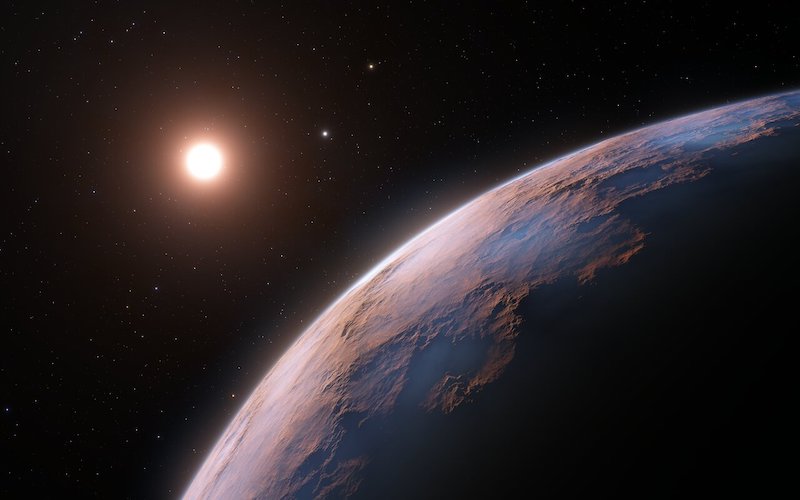
Proxima d orbits its host star at an incredibly close distance of 4 million kilometers (2.5 million miles), over 10 times closer than Mercury orbits the sun. Completing an orbit in just five days, it lies outside Proxima Centauri’s habitable zone. While its equilibrium temperature—around 200°F (93°C)—suggests it is too hot to support liquid water, researchers are still investigating its atmospheric properties.
ESPRESSO’s Role in Detecting Lightweight Worlds
The discovery was made using the ESPRESSO instrument on the European Southern Observatory’s Very Large Telescope (VLT). Known for its extraordinary precision, ESPRESSO detected Proxima d by observing minute wobbles in the star’s motion caused by the planet’s gravitational pull. The signal measured just 16 inches per second (40 cm/s), a testament to ESPRESSO’s sensitivity and accuracy.
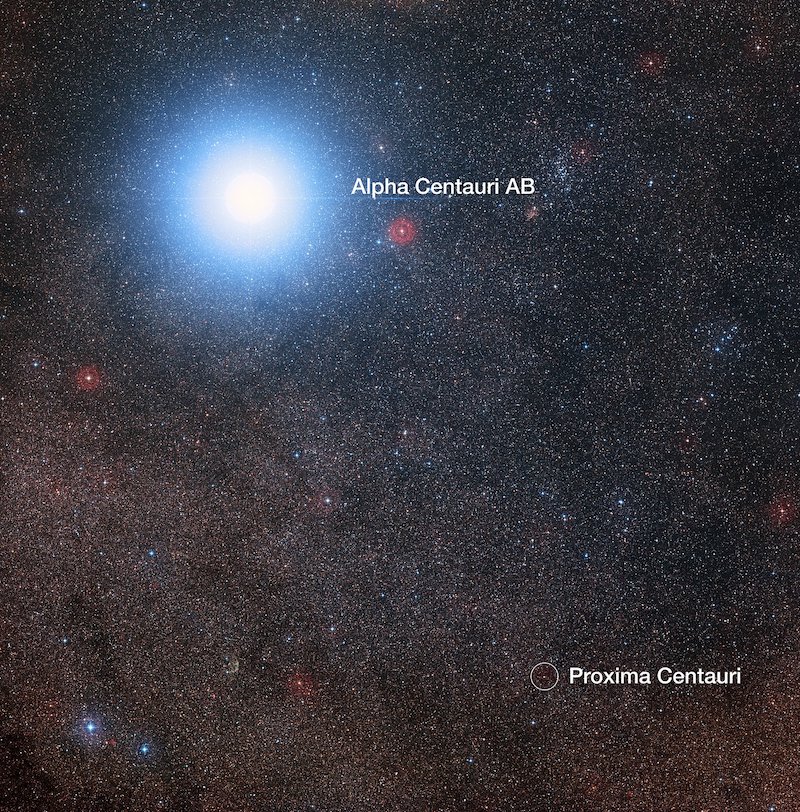
Proxima d is technically still a candidate, though extensive tests support its planetary nature rather than being a result of stellar activity. This achievement also makes it the lightest planet confirmed using the radial velocity method, demonstrating the potential to uncover smaller, rocky planets in the galaxy.
Proxima’s Growing Family
Proxima d joins two previously discovered planets in the Proxima Centauri system. Proxima b, an Earth-sized planet with a mass of 1.17 Earth masses, orbits in 11.2 days and lies within the habitable zone. Proxima c, a larger super-Earth at six Earth masses, has a much longer orbital period of 5.2 years. These discoveries collectively make Proxima Centauri one of the most intriguing systems for studying exoplanets and their potential to host life.
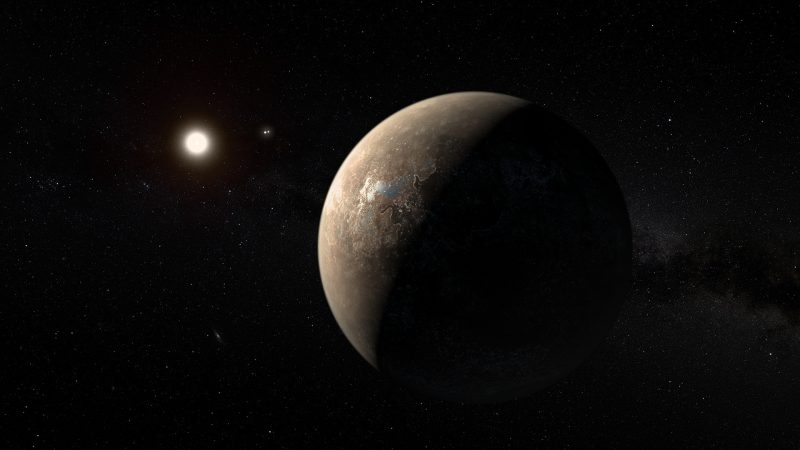
This breakthrough not only enhances our understanding of nearby planetary systems but also highlights the capability of advanced instruments to detect lightweight exoplanets, paving the way for further exploration.
The researchers published their peer-reviewed findings in the journal Astronomy & Astrophysics.
